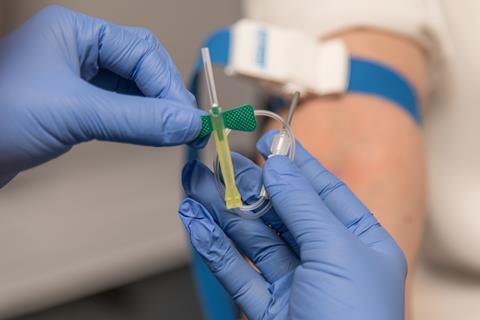Bacterial and viral resistance is a persistent threat across medical environments, needing constant surveillance and ongoing preventative measures. With recent medical threats including hospital superbugs, ensuring that your plastic is acting as another layer of defence against attack is a necessity that healthcare professionals cannot afford to overlook any longer.

Healthcare-associated infections (HCAIs) continue to be a threat to patient safety. The recently published UKHSA Point Prevalence Survey highlighted the presence of HCAIs in 7.6% of patients – a 1% increase from 2016. This also included higher levels – as much as 16.6% - recorded for more susceptible patients, such as orthopaedic and children.
“When lives are at stake, old-fashioned plastic products are unacceptable in a healthcare environment,” says Michael Laurier, CEO of Symphony Environmental. “Greater protection is needed against deadly viruses and bacteria. Plastic surfaces and plastic products need a built-in, proactive and long-lasting barrier against contamination, to directly improve infection control and patient safety.”
Preventing contamination
“A small change in plastic production can have a massive effect on bringing down surface contamination and lowering the risk of infections. As infections often spread via contaminated surfaces, d2p-treated plastic can prevent dangerous contamination. This can apply to gloves, masks, gowns, mattress covers, door-handles, light-switches, and packaging, and it won’t wear off.” Symphony says it has proven that d2p AM gloves and masks show a 99.9% virus-reduction.
“While not a replacement for sterilisation and good housekeeping, d2p anti-bacterial (AB) and anti-microbial (AM) masterbatches integrated into the manufacture of plastic items will safeguard against dangerous organisms, including COVID, MRSA, E. coli, Salmonella, Listeria, Pseudomonas and Aspergillus niger. This acts as another layer of protection.”
Laurier says: “Plastic is a core part of healthcare; it’s everywhere. By embedding smarter d2p plastic into hospital and care-home environments, healthcare professionals can address infection rates and improve patient outcomes. These changes must be made universally and urgently before even more patients are harmed.”







No comments yet